Swat District
Trend Analysis
Demographics | 1998 | 2017 |
Area SqKms | 5337 | 5337 |
Population | 1257602 | 2309570 |
Population Density / SqKm | 236 | 433 |
Urban Population | 173868 | 216578 |
Rural Population | 1083734 | 1876543 |
Total Housing Units | 142311 | 274620 |
Housing Units having Electricity | 96546 | 156740 |
Housing Units Having Piped Water | 34909 | 78965 |
Housing Unit using Gas for cooking | 48 | 78 |
Source: Pakistan Bureau of Statistics
Outline
Swat has a total area of 5337 sq. km. with a population size of 2,309,570 which comprises of 50.8% (approx.) male and 49.2% female population. The area has seen a population growth of approximately 46% in the last 19 years.
Swat District, once dubbed by Queen Elizabeth as ‘Switzerland of the East’ because of its mesmerizing landscape, is the pearl of Northern Areas of Pakistan. It is relatively developed district of Malakand Division, with considerably better educational, communication and transport infrastructure than its neighboring district. Not surprisingly nearly 37% of Swat’s economy relies on tourism, while the sectors of agriculture, forestry, handicraft, mining and gemstone make the rest of the contribution. As of now the crudeness of these above mentioned sectors remain intact, and there is immense potential to extract the maximum output from them for the overall socioeconomic development of the district. Swat can yet become the ‘Hub of Archeological Tourism’, particularly for Buddhists. The marble and limestone mines can become one of the principle suppliers of construction material in the region with advent of CPEC. Trout and other fishes, apples and honey of Swat can become quality exportable products, along with local Handicrafts, rugs and shawls. One of the largest reserves of forests of Pakistan in the region, could provide millions in revenue to the district and the local people through carbon marketing. The Swat river and its tributaries are a potential source of power production as well as irrigation and by addressing this untapped resource it can address power issues on regional and national level.
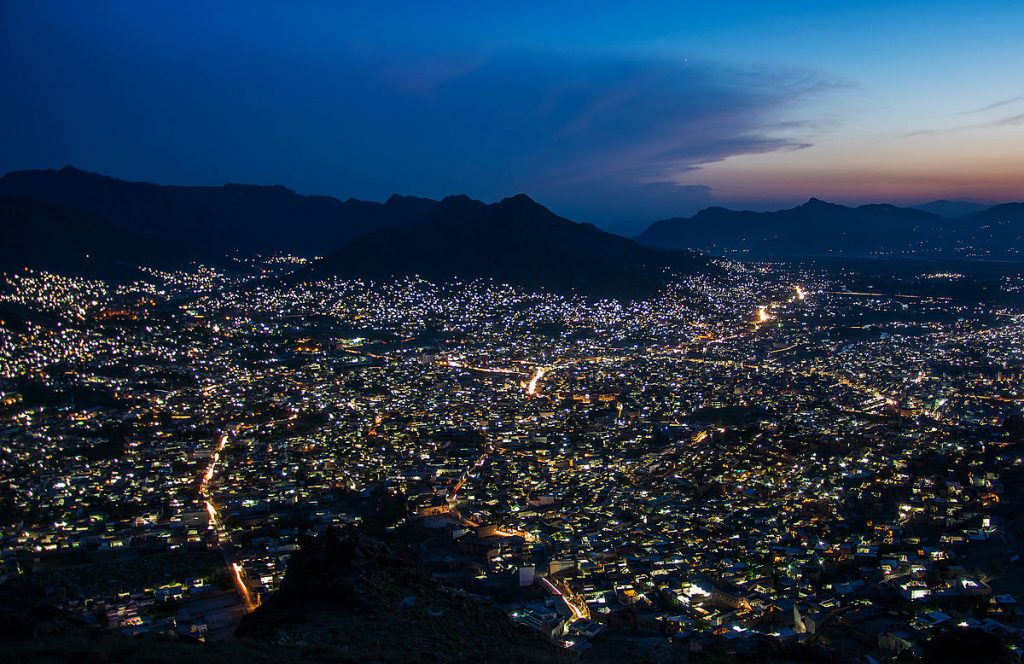
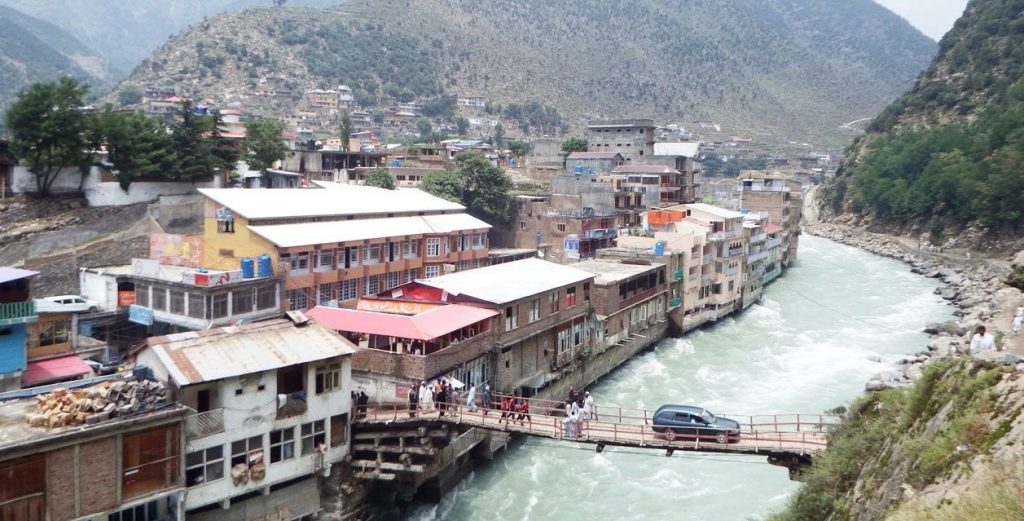
1. Tourism and Hospitality Sector
Snapshot
Swat was once the blue eyed place for both local and foreign tourists visiting Pakistan. But after the insurgency of Taliban in 2007 and the subsequent military operation of the Army, the image of this district got into the mud. The region is just one push away from getting back its former glory. It is not a far-fetched idea, for Swat has plenty of scenic and archeologically significant tourist spots which carry the aesthetic potential to appease people from all over the world. Swat is surrounded by beautiful valleys attracting large number of local and national tourists namely Miandam, Madyan, Bahrain, Kalam, Mankial, Matiltan, Bashigram, Daral, Malm Jabba, Utror Valley, Mahodand, Saidgai Dand, Pari Lake, Neelsar, Marghazar, Gibral Valley, Kundal Lake.
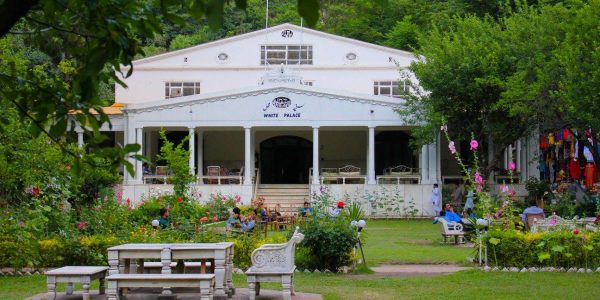
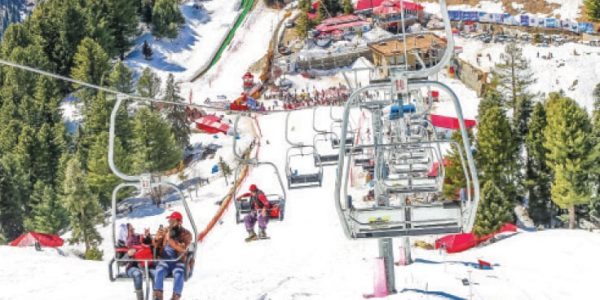
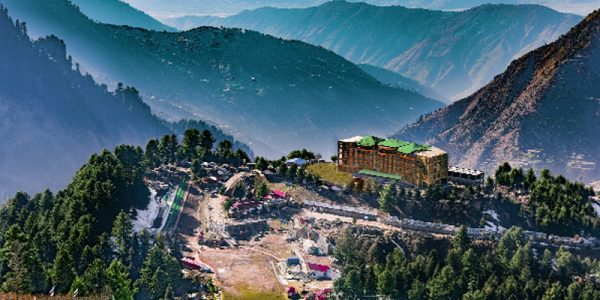

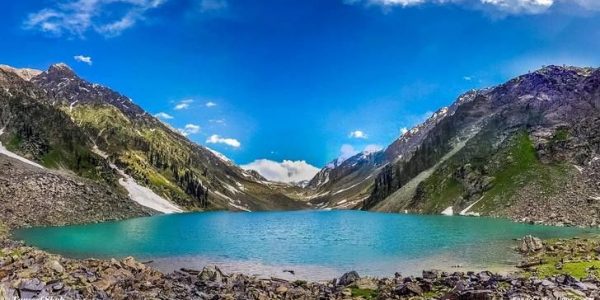
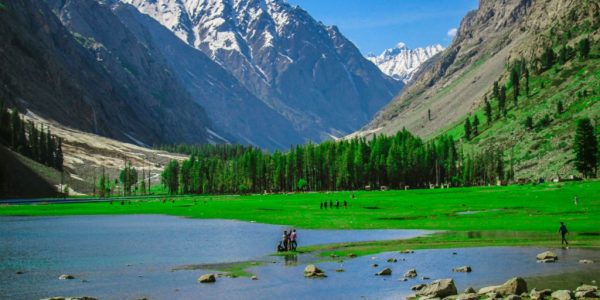
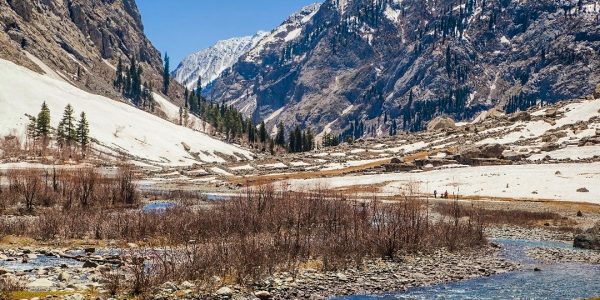
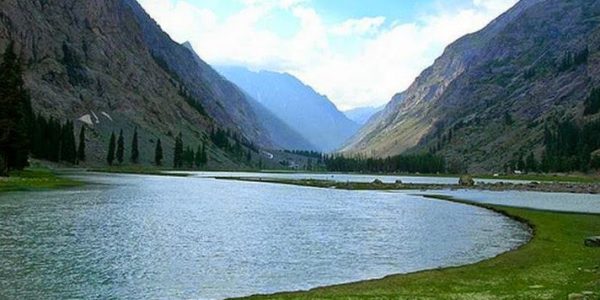
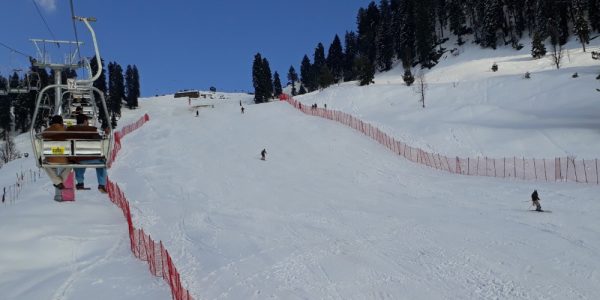
Strengths
- Swat has the potential to be tourism capital of KP.
- Preserve and develop Buddhist archaeological sites for making Swat Buddhist Archaeological Hub for the world.
- Soul soothing scenery that captivates the tourists around the globe.
Opportunities
Swat District is brimming with tourism related opportunities, prominent of those are mentioned below:
- Swat (Udyana in Sanskrit) is generally accepted as the area where Tantric Buddhism was first developed. Indeed, fairly a large number of Buddhist Stupa sites such as Butkara 1, Butkara 2, Udegaram and Shingardar Stupa exists in the area. Already, great number of Buddhist pilgrims visit this area annually. But there is great opportunity to turn Swat into Buddhist Archeological hub of the world.
- The District has array of exotic tourist spots on offer for visitors, some of these places are relatively unknown to visitors and are naturally preserved.
- In addition, there are natural spots for hiking and camping spots for the tourists.
2. Mining Sector
Snapshot
As compared to neighboring Buner District, mining in Swat is a low key affair, with more focus is being paid to gemstone industry, based on Emerald extraction. However, it is estimated that there are potentially huge reserves of Marble and Limestone in the area. Like Buner, Swat also have reserves of White, Green, Grey, Brown and Yellow Marble stones. Table below shows the amount of minerals being extracted annually from Swat (Figures taken from KP Bureau of Statistics & Directorate of Mines and Minerals KP):
Table 1: Mineral Production in 2012-13 (in tons)
|
Minerals |
Production in tons (2014-15) |
|
Limestone |
6827 |
|
Emerald |
15 Million |
|
Dolomite |
810 |
While as per the data provided by Pakistan Stone Development Company (PASDEC), Swat district holds 2,340 Million tons of Marble reserves and 16,200 Million tons of Granite reserves.
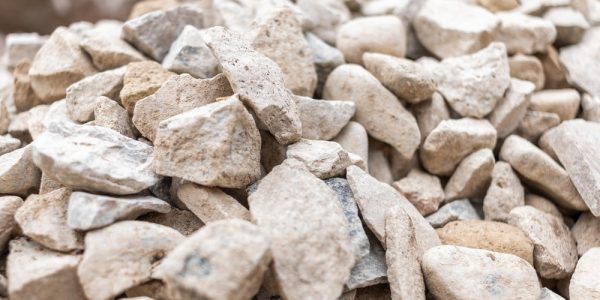

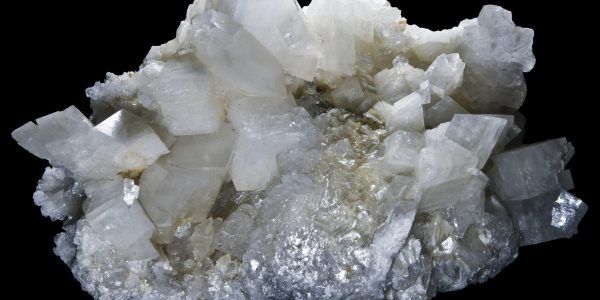
Strengths
- Rich reservoirs of marble, granite and gemstones found in Swat.
- Marble, granite and gem stone processing is feasible as these are in abundance in Swat district.
Opportunities
- Make Swat the ‘Hub of Gemstone based Jewelry Industry´ in Pakistan, with target exports to China, Western Europe and United States, where demand for such products is very high.
- Develop Swat into one of the ‘Principle Marble suppliers´ for CPEC and Gulf region. Swat already has close proximity to the CPEC route. (China is the second largest importer of marble in the world, while U.A.E, Qatar and Bahrain are among the top ten importers of marble in Asia).
3. Horticulture & Livestock
Snapshot
Cultivation in Swat in spread on 97,281 hectares of area, while uncultivated area is 409,247 hectares. Forest is spread on 138,282 hectares. In horticulture sector, Swat District is famous for production of various different types of delicious apples, which are quite famous all over the country and in some neighboring countries. In addition, the honey produced in Swat by small scale bee farmers is of high quality and is also popular among the local consumers. Furthermore walnut, variety of figs, pear, apricot, grape and wide variety of peaches are grown in Swat. Main cash crops produced in year 2015-16 included maize which was produced 115,734 tons, rice 14,585 tons, wheat 122,616 tons.
Livestock and dairy development sector has major development potential in Swat as the area holds about the largest collection of farm animals in Malakand Division. There are about 687,168 farm animals, which include 253,790 Cattle, 117,101 Buffalos, 80048 Sheep and 236,229 Goats. Given the close proximity with Afghanistan Central Asian States and possibly China, where there is shortage of Livestock and high demand of dairy items, Swat is ideally placed to become a small regional hub of livestock that can fulfil the demands of aforementioned states.
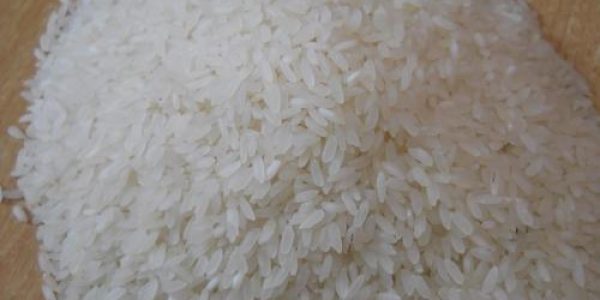

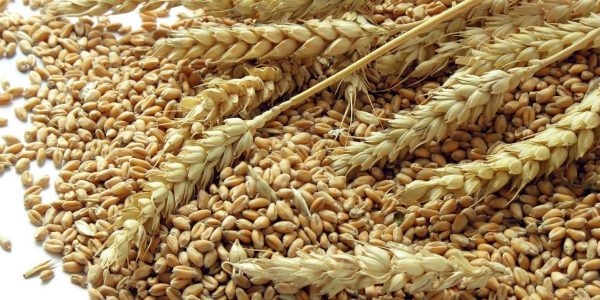
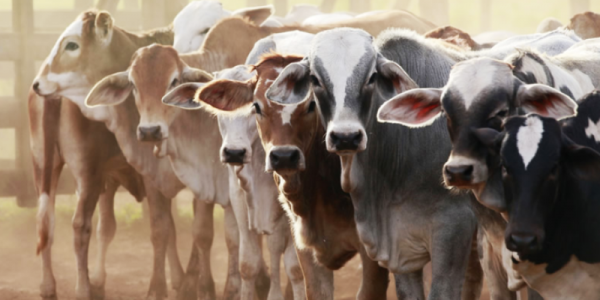
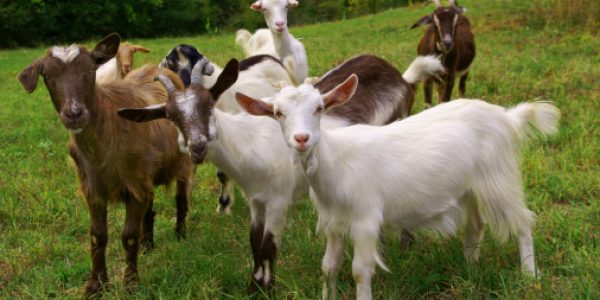


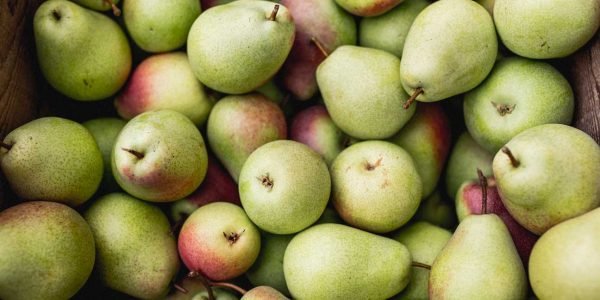
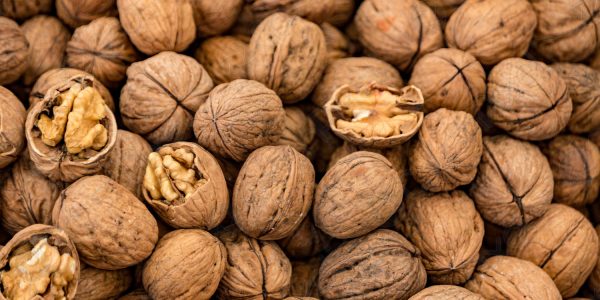
Strengths
- Highly suitable weather for horticulture production.
- Variety of apples and other fruits produced and supplied to other districts.
- High area covered under forest.
Opportunities
- Given the large variety of apples produced by Swat District, it is possible to increase the exports of these apples to other countries, by taking advantage of CPEC route.
- Animal forms could be developed where animal husbandry could be carried out on international standards.
- Provide training’s on prolong milking shelf through hygiene practices and other necessary areas where Livestock Department can add value.
- Assisting the local bee farmers and fruit growers in restoring and expanding their farms in cooperation with international donor agencies and Botany Department of University of Peshawar.
- Invite local and foreign companies which deal in production to lease or buy local farms. Their production units can be setup in Swat Economic Zone.
- Concerned Government Department can facilitate the apple farmers and other fruit farmers in establishing new linkages with foreign buyers, in Middle East, Central Asia, China and Eastern Europe.
- Setup modern facilities to facilitate the growth of horticulture in Swat, improve packing and packaging.
- Invite local and foreign investors to install state of the art farm amenities.
- Establish state of the art cold storage facilities, packing and packaging facility.
- Ensure availability of certified plant materials.
- Increase overall production and value of horticulture crops.
- Ensure availability of certified plant materials.
- Build the capacity of all the stake holders, extension workers, businessmen and farmers including women.
- Promote mechanism for public private partnership.
4. Hydro-Electricity Farm
The area drained by the Swat River and its tributary network is a part of Kohistan Himalayas and has a following sites have been identified by PEDO;
- Kalam Asrit – 197 MW capacity (raw site)
- Chowkel Khwar – 12 MW capacity (raw capacity)
- Daral Khwar – 5 MW capacity (raw site)
- Markhor Sakhra 1 & 2 – 11 MW (raw site)
- Daral Khwar (II) – 5 MW (raw site)
- Ban Khwar Kalam – 12 MW (raw site)
- Swat HPP near Ashrit village – 2 MW (raw site)
- Kedam Khwar – 17.14 MW (semi raw site)
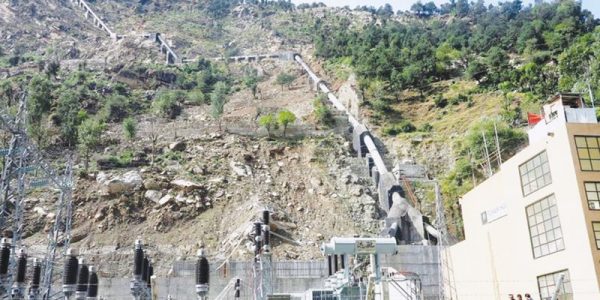
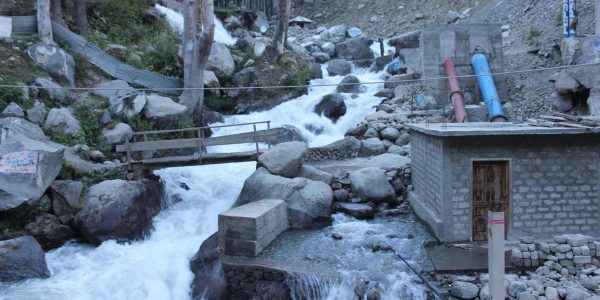
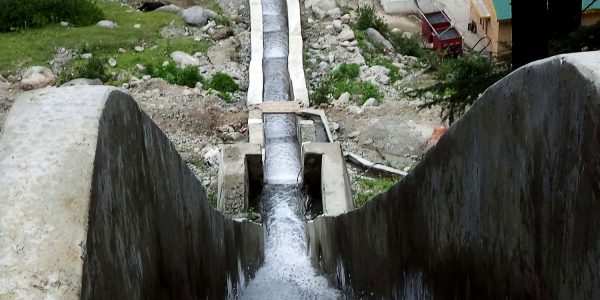
Strengths
- Potential to produce more than substantial amount of hydropower.
- Surplus electricity production is achievable.
Opportunities
Swat can become one of the nation’s ‘Electricity Farms’, given the major potential it carries, especially in summer months. But following steps are needed to be taken care by PEDO:
- On priority bases, ensure that the current and medium-run (5 years) energy demand of local consumers is met first.
- Identify and expedite work on projects which have capacity to generate electricity.
- For winters, when electricity supply would be low, make arrangements for alternative supply sources;
- Supply of power from the National Grid.
- Investigate the potential of bridging the supply gap with solar power.
- Implements plans for construction of Hydro Power Stations for excess electricity in future;
- Tenders be opened for their construction immediately.
- Road and other communication infrastructure be improved for ease in supply of raw material.
- Undertake survey and planning for a HV Transmission Line between Swat and other population hubs of KP. In this regard, low-altitude route along the length of the valley, and low-mountain cross over in Swat needs to be investigated as well. PEDO can make HV transmission line as part of NTDC Plans.
- Consider a local power generation and distribution company for Swat which would be responsible for generating and distributing electricity to NTDC / Operator. It will give local ownership and take focus away from PESCO.
5. Fish Farming
Snapshot
Swat District has a small scale business related to fish farming (especially trout fist farming), which have potential to bring substantial revenue for whole region. Trout fish, a fresh water fish is well known and tourists come for its taste from all over the country.
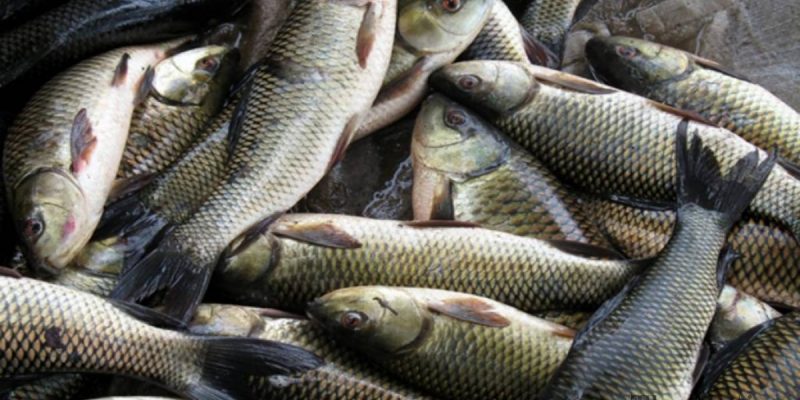
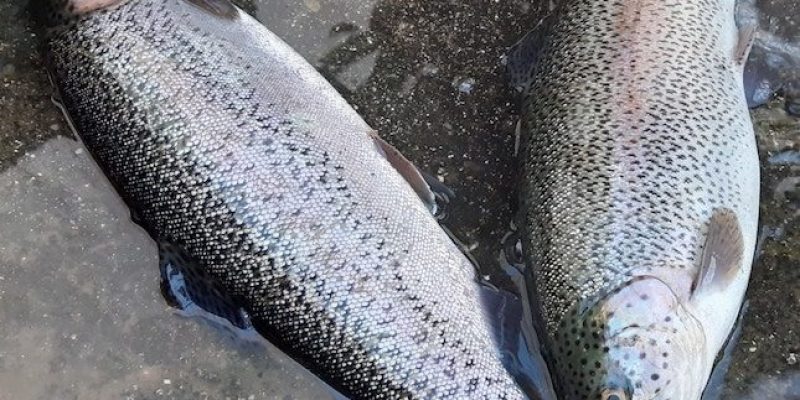
Strengths
- Ample supply of fresh water fish.
- Different variety of fish available.
- Contribution to the local economy.
Opportunities
- Directorate of Fisheries of KP should first help out the existing fisheries in modernization. Then, new potential spots be identified for Trout fish farming and subsequently developed.
- Provide training’s to farming community on modern and effective fish farming. In this regard, again help can be sought from donor agencies, who have an experience dealing with local communities in these sectors.
- Companies that have specialty in ‘canned food’ can be invited to setup their units in Swat Economic Zone in order to make Trout fish an exportable commodity.
- Given the quality and popularity fishes produced by these small scale farms, there is an opportunity for KP Government and the District Administration to facilitate the fish farmers to grow into a big industry, with possibility of exporting these items.
6. Handicrafts Industry
Snapshot
Swat is home to some of the finest handicraft products of Pakistan. These include Stone Art, Woolen Blankets, woven products of Islam Pur village, Rugs, Embroidery and some handmade furniture. Almost all of these products are made in small scale cottage industries, where participation of women is prominent. Presently, the sale of these products typically happen in the local premises, especially Shawls and Embroidery work of Islampur cluster is quite famous on regional level.
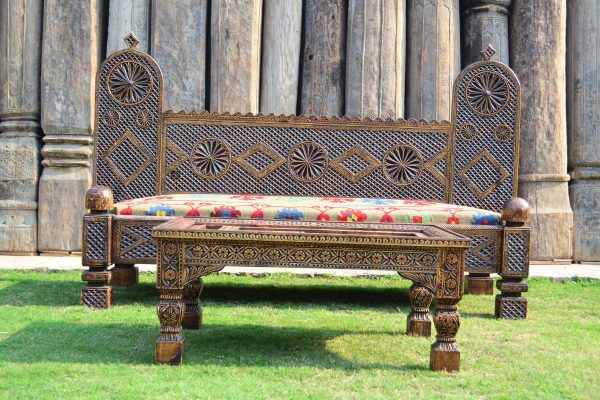
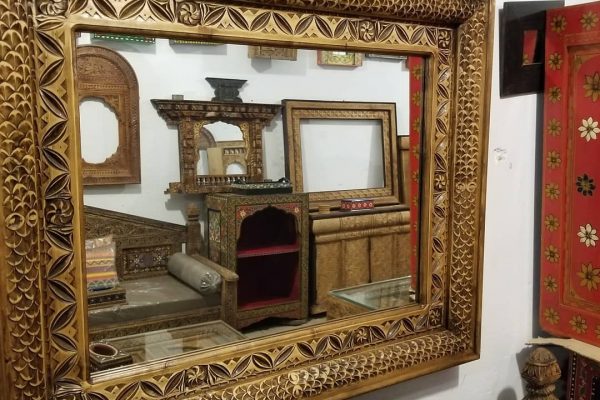

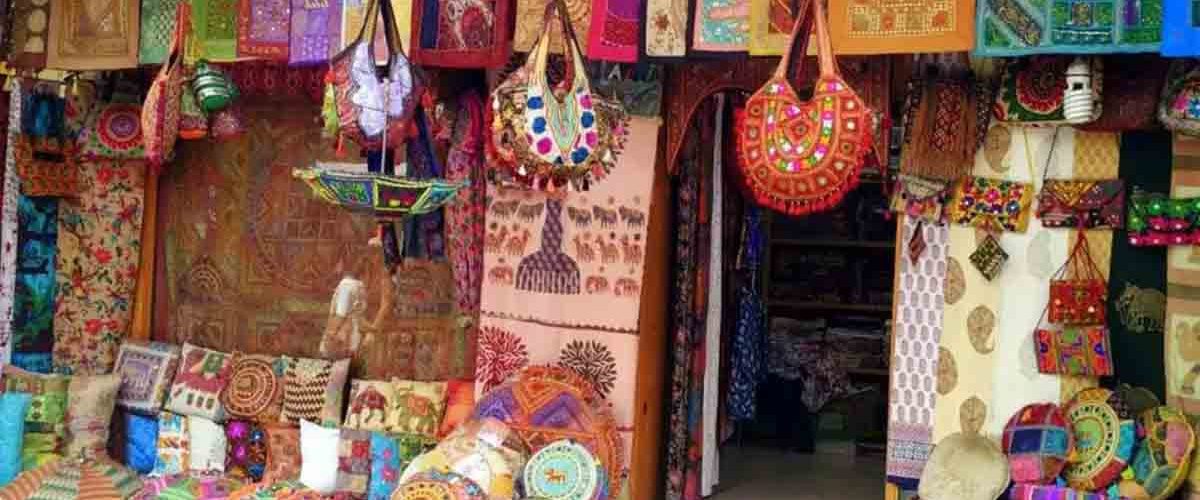
Strengths
- Variety of shawls and other woven products produced on hand looms in Islam Pur are famous for its quality.
- Employment opportunity for large number of locals.
Opportunities
- Establish Skill Enhancement Institute and Women Business Development Centers at every sub-division of Swat for facilitation of workers and cottage owners.
- Promotion of handicraft products of Swat in Pakistan and abroad through strong branding initiatives, promote “Made in KP” brand, facilitate artisans to participate in exhibitions.
- Development of brochures and booklets.
- A specially designed website on handicrafts of KP. The booklets and website could carry product pictures and contact information of all cottage owners in the area.
- Produce short documentaries.
- Linkages between cluster enterprises and international donors, Small & Medium Enterprise Development Authority (SMEDA) and Aik Hunar Aik Nagar (AHAN) could be strengthened.
- Develop linkages with famous fashion designers and Pakistan Fashion Design School for introduction of new and trendy designs.
The quality and uniqueness of handicraft, woven products work from Swat is of rare match, which is why they are popular among tourists and people from across the country. If given proper exposure and support, these items could not only become the highlights of shopping centers within Pakistan, but also across the globe. With the advent of CPEC, time to nourish this sector has never been better. Once the demand of the handicraft products begin to increase, it would create more space for women to work, which is desperately required for the prosperity of the region in specific and country in general.
7. Forestry
Snapshot
Forest is spread on 138,282 hectares. Swat District has one of the largest reserves of forest in Pakistan. About 46% of lower Swat and 86% of upper Swat is covered in forest. It would’ve been more if not for the fact that over the last 50 years unchecked deforestation has happened, which has cost provincial exchequer in millions, due to influence of timber mafia and militants. However, with introduction of Government initiatives like with Billion Tree Tsunami drive and crack down on timber mafia, things have started to look brighter.
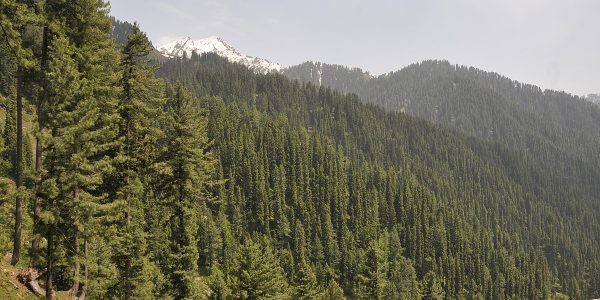
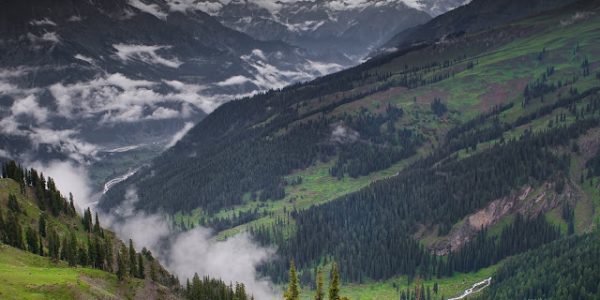
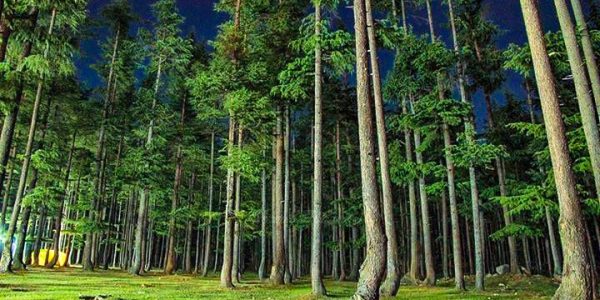
Strengths
- The area under forest can be offered to international companies for carbon trading, through competitive bidding process.
Opportunities
- With all developed countries having exceeded their quota of carbon emission designed by UNEP, it is opportunity for developing countries like Pakistan to earn some carbon credits(worth millions) by growing and preserving forest.
- For the preservation of current forest reserves in the area, the government could also collaborate with REDD Project in Pakistan (Reducing Emission from Deforestation and Forest Degradation), an initiative of International Centre for Integrated Mountain Development and WWF-Pakistan or any other project of similar nature.
8. Conclusion
Swat district is full of opportunities for the investors in hydropower generation, mineral mining and processing with room for value addition, in addition to horticulture, agri-business, improved fish farming on commercial level and handicraft sector. These sectors can uplift the economy of Swat district with proper planning and timely implementation of these plans by all concerned stakeholders.
